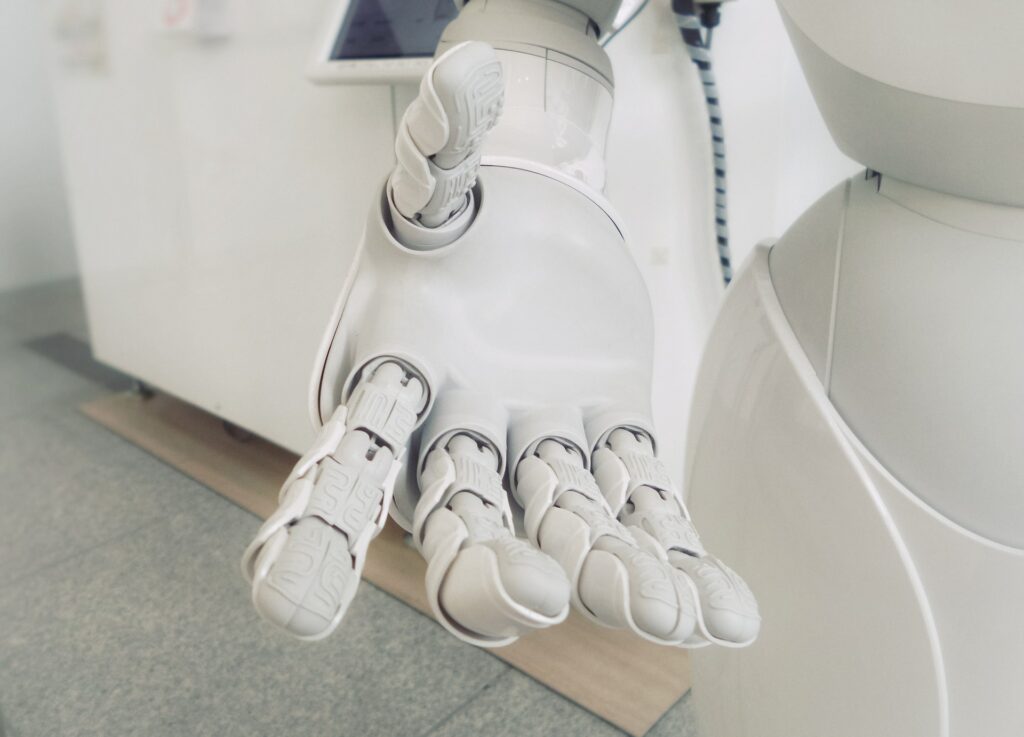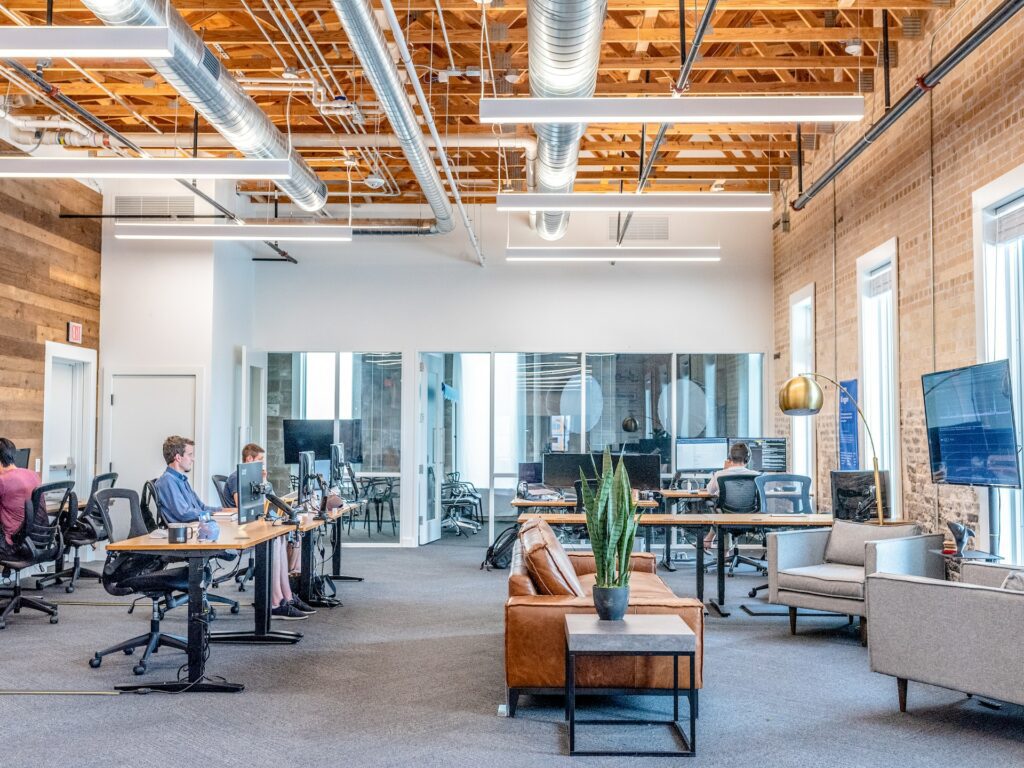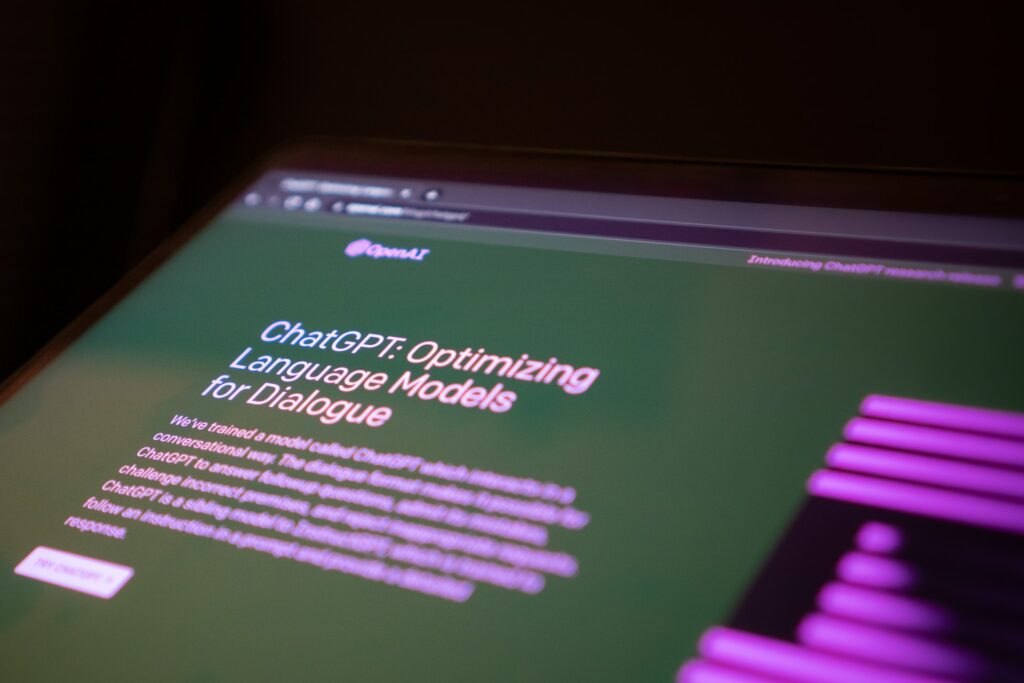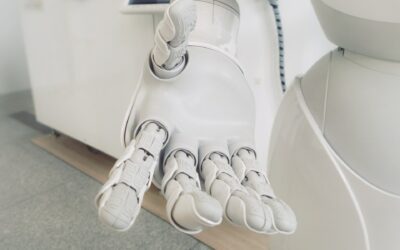|
|
Now that AI is becoming increasingly available, we are all being asked how we can leverage the technology to work smarter. But, as a community, in many cases, we are still trying to figure out useful ways to usefully apply AI to what we do.
What exactly does the use of AI look like for remote workers and remote teams? In this article, we will look at some of the most important emerging uses of AI for remote workers and some of the existing tools that are being used.
We will also look at the problematic side of AI for remote workers, and what influence AI might have on the future of remote work.

Best AI tools for remote work
Virtual assistants
When we work remotely, we often work alone, which means sacrificing creative and deep work time for administrative tasks that would often be delegated to an office admin assistant or a secretary.
AI-powered virtual assistants can take some of those tasks off our hands. These intelligent assistants can schedule meetings, manage calendars, create prioritized lists of tasks and deadlines, and provide a first response to inquiries via chatbots and automated email responses.
Collaboration tools such as Slack, Microsoft Teams, and Google Workspace are already using AI to provide virtual assistant services such as scheduling meetings based on availability, suggesting relevant documents for tasks, and providing real-time chat translation. Cortana and Siri are also powerful personal virtual assistants for scheduling appointments and performing routine tasks.
Automated workflows
One of the benefits of having teams together is that it can make it easier to manage workflows. When everyone is completing a task that will contribute to a greater project and those tasks are mutually dependent, there are few things more convenient than being able to look up from your screen and ask the person three desks away where they are with something or for a vital piece of information. Managing workflows can be one of the biggest challenges for remote teams.
AI workflow tools can keep track of where everything is, signal to team members when information that they need becomes available, and send reminders when deadlines are approaching. The AI can also play an active role in the workflow, completing repetitive tasks such as data entry, which might have taken an intern days to complete. This also reduces the likelihood of human error.
Collaboration tools such as Zoom and Microsoft Teams use AI to allow teams to work together better through features such as automatic background noise suppression and automatic transcription. Project management tools such as Trello, Asana, and Kissflow use AI to do things such as automate task assignments, prioritize tasks based on deadlines, and analyze team performance.
Workday is an HR and finance management AI tool that can be used to engage with employees, create development plans, optimize teams, and improve employee satisfaction. Workday has published more than 400 case studies of how businesses have applied their AI technology to improve their workflow and staff experience.

Data analysis and insights
We are increasingly living and working in data-driven environments. Managers these days pay less attention to the gut feeling of the expert on the team. Instead, they want to see the data that justify assumptions and can steer improvements and innovations to work processes and products.
Analyzing data and recognizing patterns is something that AI does very well, perhaps even better than your gut! Human professionals still need to know how to ask intelligent questions, understand what kind of problems can be solved by data, and what data needs to be collected for that purpose. But the crunching is best done by AI.
AI can be particularly useful for predictive analytics, such as forecasting potential peaks in demand, bottlenecks, and problems.
Salesforce Einstein is an AI-powered CRM that provides insights into customer behavior and can predict sales opportunities. It can also automate repetitive sales tasks. Troops.ai is a similar sales analysis tool that integrates with team tools such as Slack to provide teams with real-time feedback.
Natural Language Processing (NLP)
NLP allows AI systems to understand and interpret human language. This has a range of useful applications. Think language translation, which is increasingly important in an international marketplace. It can also be used to analyze the sentiment of texts, which can be useful when looking at things such as customer and employee feedback.
Of course, the other big use of this technology is for drafting and editing written content. These days, you can tell AI that you want two emails, one for new customers and one for existing customers, telling them about a new product, and it will be ready in seconds. Tools can also be used to produce much more complex prose.
While we may not all be ready to let AI do our writing for us, AI can also be a useful research tool. For example, for this article, I used an NPL AI to ask questions about the use of AI by remote teams to fill gaps in my knowledge and point me toward things I didn’t know that I didn’t know. AI can certainly scour the internet for information much faster than I can!
Grammarly is probably one of the oldest and best tools when it comes to AI and content generation since it is more about helping writers optimize their content rather than producing content from scratch. It can check for spelling and punctuation, assess readability levels, and suggest improvements for more accessible content.
SurferSEO and similar SEO tools are also AI-powered tools that can help writers optimize their content for search engines by suggesting keywords, headings, and structures that will help content compete with top-ranking pages for the same keywords.

Cybersecurity
With teams working remotely, a lot of sensitive information is shared online, therefore making it vulnerable to cyber-attacks. But AI can enhance remote work security by identifying and preventing potential cyber threats, analyzing user behavior to detect anomalies, and ensuring data protection.
Should remote workers be worried about AI?
While most companies are talking about the potential benefits of AI and how it will allow human staff to focus on more challenging, substantive, and fulfilling tasks, does AI represent a threat to the remote working community? It might.
Individuals who work in roles such as virtual assistants, data entry assistants, or content producers for some companies are at risk of job displacement as those tasks can now be completed by AI.
Relying on AI to complete certain tasks also represents a risk to those who use the tool. AI systems learn from historical data, which means that if that data contains biases, those biases can be replicated in the results produced by AI. Since we know that historical data has been plagued by biases, this is a big problem.
AI has also been shown to provide inaccurate information. This is because it gets its information from the internet, and it may not be as good at differentiating between reliable and unreliable sources as humans. Tools such as ChatGPT do not have access to the latest data. It was last provided with information in September 2021, so it is missing the most up-to-date information.
AI can be used to monitor remote workers and determine what they are doing, when, and for how long. Depending on how it is used, this can become an invasion of privacy and can lead to the type of micromanagement that most remote workers would like to avoid. Both Hubstaff and Lattice are tools for time-tracking and productivity-monitoring of remote workers’ hours, activity levels, and contributions that can be used for detailed performance management.
Then there is the issue that overreliance on AI can just take some of the joy out of working! It can reduce the space for creative thinking and experimentation as companies decide to rely excessively on machine analysis and not individual experts.

AI and the Future of Remote Work
The workplace, all workplaces, are changing so quickly that it is difficult to predict what it will look like in five or ten years. AI is just one of the many factors that are influencing and changing the way we work. But AI will probably have a fairly immediate impact on remote work.
On the plus side, AI is one of the tools that will enable more people to work remotely as it can compensate for some of the benefits of having a team working together physically. It can also significantly reduce the administrative tasks that can sap time from remote workers and enable better coordination between teams.
But, at the same time, many remote working jobs, such as virtual assistants, data entry assistants, and content producers, will disappear and be replaced by AI. This will particularly affect entry-level jobs, so perhaps young people with less experience looking for jobs that will allow them to live as digital nomads will be most affected.
The other big concern is the monitoring of remote workers. While companies are saying that monitoring is designed to streamline processes and enhance employee experience, the same data can also be used to micromanage talent. We saw the same thing happen with many staff annual review processes that were designed to support staff through their development and career progression but soon became performance management tools.
But only time will tell exactly how AI will influence the remote workplace. Or you can check out 38 Future of Work AI and ML Use Cases as predicted by Workday’s AI.












